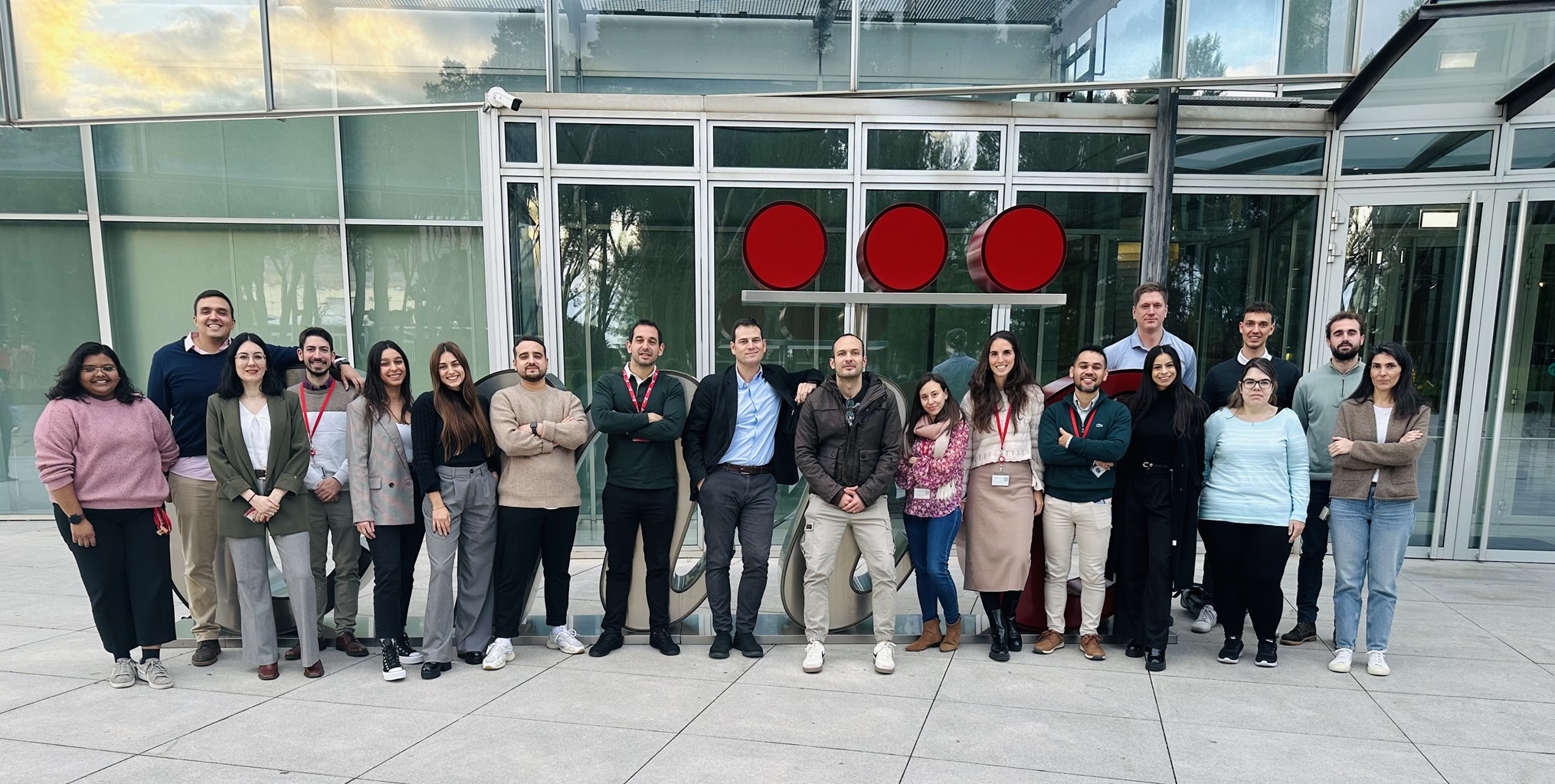JACC CardioOncology: CNIC scientists design an effective treatment strategy to prevent heart injury caused by a class of anticancer drugs
The study, published in JACC: CardioOncology, shows that administration of the SGLT2 inhibitor empagliflozin to pigs receiving anthracyclines preserves mitochondrial function, improves myocardial energetics, and prevents degenerative changes in heart structure
A team of scientists at the Centro Nacional de Investigaciones Cardiovasculares (CNIC), working in collaboration with international partners, has designed a strategy for preventing the cardiotoxic effects of anthracyclines, a widely used class of anticancer drugs. Cardiotoxicity is a frequent adverse secondary effect of cancer therapy with these drugs. The study, published in JACC: CardioOncology, demonstrates that treatment with the SGLT2 inhibitor empagliflozin can mitigate the cardiac injury associated with anthracycline therapy.
Anthracyclines are first-line medications in the treatment of cancer, but in 5% of patients their use is associated with severe cardiotoxicity, leading to chronic heart failure. "Although anthracycline cardiotoxicity has been known about for decades, effective preventive therapies have been lacking due to limited knowledge of the mechanisms involved,” explained study leader Dr. Borja Ibáñez, CNIC Scientific Director, a cardiologist at Fundación Jiménez Díaz Hospital, and a group leader in the Spanish cardiovascular research network (CIBERCV).
Using an advanced experimental model, the CNIC team showed that administration of a 20 mg daily dose of empagliflozin preserved the contractile function of the hearts of pigs treated with anthracyclines and protected the metabolism of the heart muscle. A key feature of the study was the use of advanced diagnostic techniques, including magnetic resonance imaging and spectroscopy, to monitor heart function. “The use of cutting-edge technologies with clinical applications lends significant translational value to this study. At the CNIC we are committed to using advanced technologies to generate findings that can be rapidly transferred to patients,” commented Dr. Valentín Fuster, CNIC General Director and a coauthor on the study.
The protective effect of empagliflozin identified in the study involves an increase in the myocardial consumption of ketone bodies. This preserves the production of ATP (adenosine triphosphate, the main source of transferable energy in living cells) and mitochondrial function. "Treatment with empagliflozin protects the heart by directly addressing the metabolic processes affected by the cancer therapy,” said Dr. Ibáñez.
First author Danielle Medina-Hernández emphasized that, “Our study demonstrates that empagliflozin prevents structural alterations in cardiomyocytes such as cellular atrophy and DNA damage. These results underline the potential of SGLT2 inhibitors not only in the treatment of heart failure, but also as a preventive therapy in cancer patients receiving treatments associated with severe cardiovascular side effects.”
Medina-Hernández, whose doctoral project in Dr. Ibáñez’s laboratory is supported by an INPhINIT grant from the "la Caixa" Foundation, is an example of the international talent that the CNIC attracts to drive excellence in scientific research.
The study, funded by the European Commission (ERC-CoG 819775), the Spanish Ministry of Science, Innovation and Universities, and the Community of Madrid regional government, opens the way to new clinical trials in patients at high risk.











